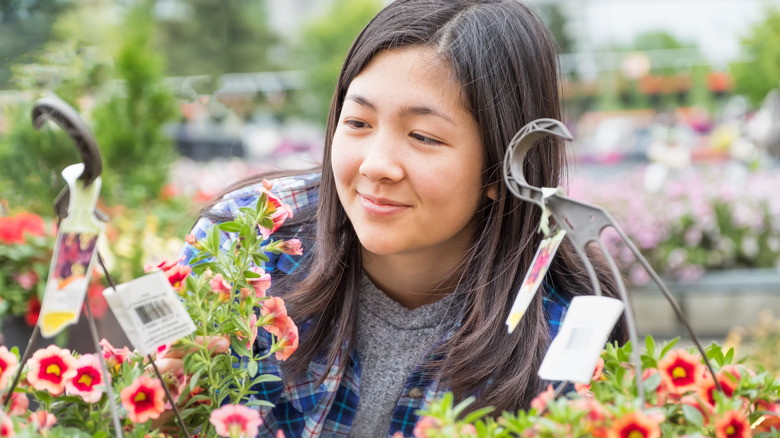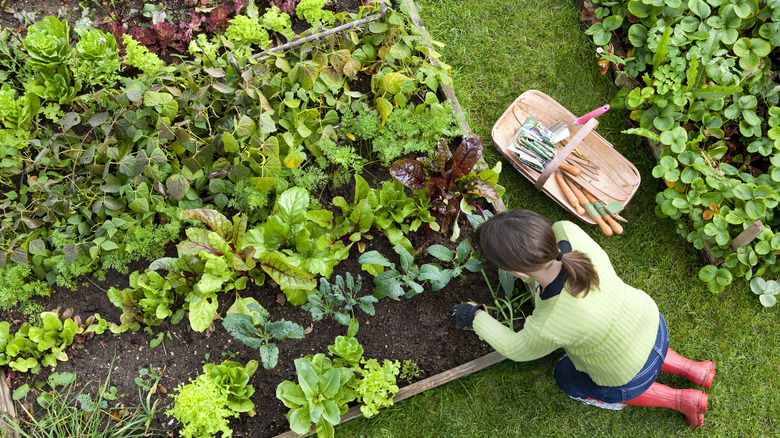Why You Should Always Save Your Plant Tags
When shopping for plants, one way to discern which ones to buy is by reading the accompanying plant care tags. Plant tags generally state the scientific and common names of the plant, its soil, water, and sun preferences, and provide a picture of what it will look like fully mature. This is all valuable information that can help you determine in the store which plants are right for your house and yard. However, the plant tag's usefulness doesn't stop at the point of sale. If you want to keep track of your plants once you have them at home, you should keep those plant tags around for future reference.
Whether you keep your plant tags in a simple receipt or coupon file, paste them into a gardening journal, or plot them on a map of your garden's layout, holding onto your plant tags will allow you to refer to them for weeks, months, and years to come.
Keep plant tags with your receipts for the first year
When you buy a plant that, for whatever reason, doesn't flourish in your yard, you may be entitled to a refund from the store or nursery where you bought it. Check with your supplier's return policies, but often in the case of fruit trees that don't produce or perennials that don't grow back at the start of the next season, some places will offer refunds if you provide proof of purchase in the form of your store receipt and the tags for the plants in question. Where this is offered, it is usually honored for no longer than the first year, so it's important to keep those items together for that time. For annuals, unfortunately, if there's a refund policy at all, it usually expires after a much shorter period.
During that year, you can note where you planted each variety, how they responded to various conditions, the frequency with which you fertilized, watered, and pruned them, and any tricks you used. After the year is up, you can feel free to discard your receipts and move your plant tags to a more permanent recording system.
Use plant tags to plan your future garden layout and crop rotation
When you've successfully established a new plant in your garden, use your plant tags to record where exactly the plant is located and any relevant notes about its care. Then when the next planting season comes along, you can use the tags to determine what plants you're going to remove and where you might want to plant new ones. You can even use the information you've collected to decide whether to plant additional seedlings of the plants you really liked or that grew most successfully.
These plant tags will also be particularly helpful if you have an herb or vegetable garden you need to rotate. Crop rotation is the simple practice of not planting the same crops in the same garden beds each season so the soil isn't leached of specific nutrients. Because you're trying to replenish the nutritional value of the soil, you need to make sure that the plants you're rotating into the new bed do not require the same conditions as the ones you're rotating out. Your tags will help you remember what's planted where, what plant family it belongs to, and therefore what can be planted in its place, unlocking the key to a bountiful garden year after year.


